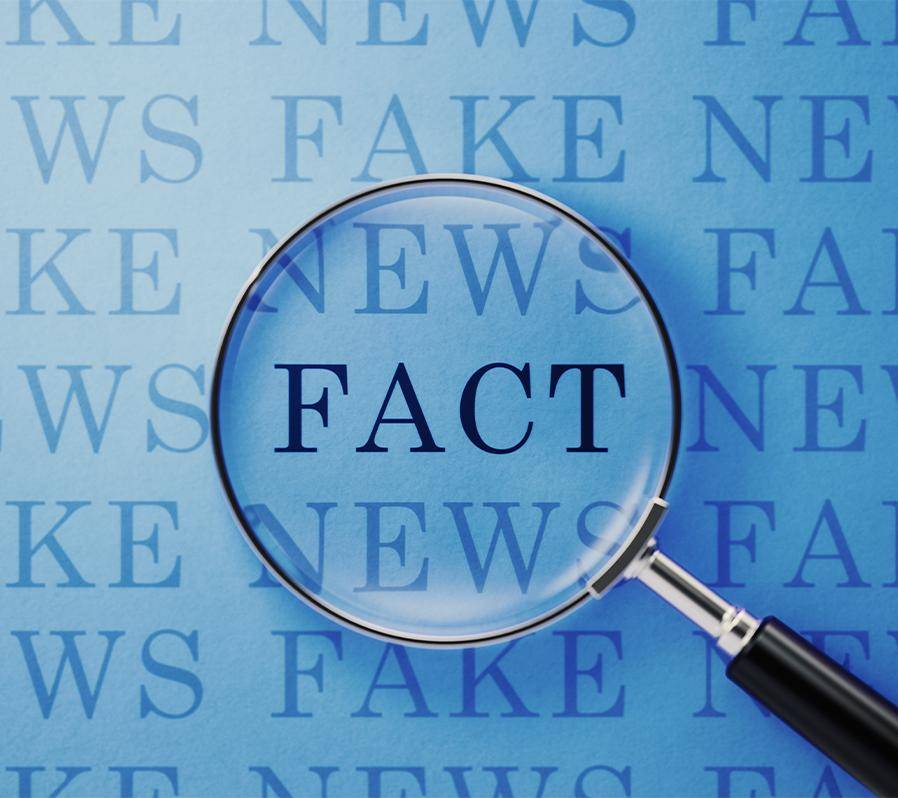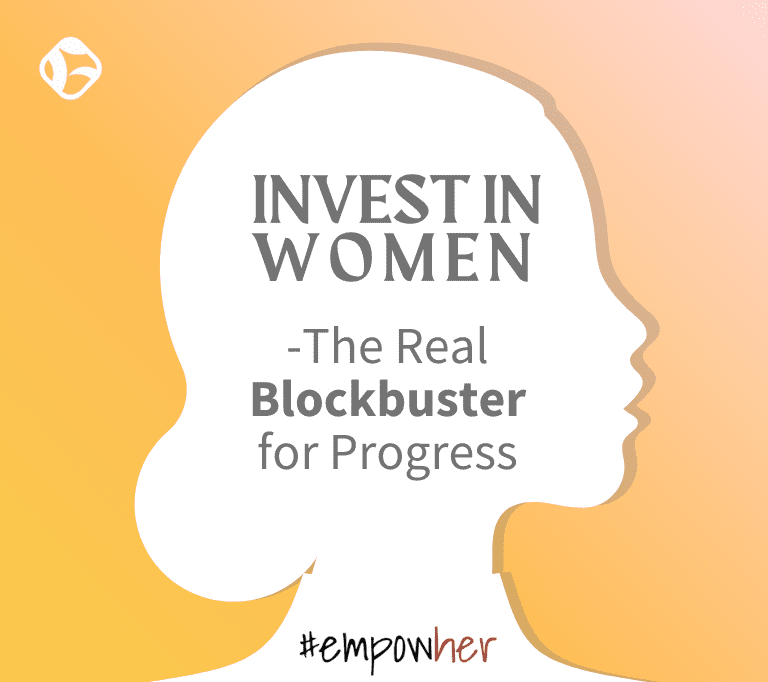Fake News. Surely the lead contender for phrase of the year right? After coming to the forefront of the news agenda last year, it just won’t go away.
The term is bandied around on a daily basis and means different things, depending on who is using it. For clarification, the BBC’s media editor Amol Rajan has written an interesting article on the varying definitions and what he sees as the media’s role in addressing it.
However, there is no denying that it’s changed the landscape for media outlets, social media platforms, and search engines, but this isn’t just about conspiracy theories, data breaches, celebrities or even presidents—this impacts all of us. Whether we are individuals consuming news or as a brand engaging with your audiences, fake news is now part of the landscape for those conversations.
With just one tweet and the right subject, your brand can be subjected to fake news. You may remember that over Christmas, even Buckingham Palace had to put out a statement about the queen’s health following a fake tweet.
So how do you ride the fake news wave—or more importantly, cut through it?
Ultimately, it is down to owning your own story. If there’s any other story from 2016 to learn from, it’s how President Trump used Twitter to own his story. Over the course of his presidential campaign and now during his presidency, he conducted very few press conferences, berated the media outlets as “corrupt’ (even those on his side) and ignored the political “norm” of conducting such campaigns and holding the most powerful office in the world.
He puts out his story (or spin), his way. The fascinating thing is that through by-passing normal media channels and normal political discourse, he manages to ensure that his story hit the very people he wanted to reach and actually drives more coverage, more engagement, and interaction by owning it his way.
Not long ago (less than five years), PR professionals would issue statements to media as the first point of contact and then it would be discussed on social and digital platforms with a brand’s customer services team being the guardians of managing the response.
Nowadays, the go-to platforms have got to be social and increasingly, digital. It’s not just a case of saying something, you’ve got to show it and prove that what you are saying is true.
From there, the media will pick up not just your statement and content but also the reaction. So the importance of having a speedy, prepared, integrated response and team is second-to-none in addressing any fake news for your brand.
So, don’t just rely on PR or social—you’ve got to work closely with your digital teams and have the resources and budget behind it to ensure that your news overcomes any fake news that as Amol Rajan said is inherently “easy, cheap and thrilling.”
The other lesson from people like President Trump is making sure anything said by your brand has an authentic voice. It’s obvious, but you can’t hide behind jargon, PR-speak or media-training. You’ve got to be honest and resonate what you stand for. Don’t try and be something you’re not. All lessons that social and PR people should know by now, but it’s amazing how many times brands get it wrong.
If you want to know more about how to address fake news or just simply how to ensure that all your marketing communications work better and closer together to improve your awareness and customer engagement levels, then get in contact. We can help.








